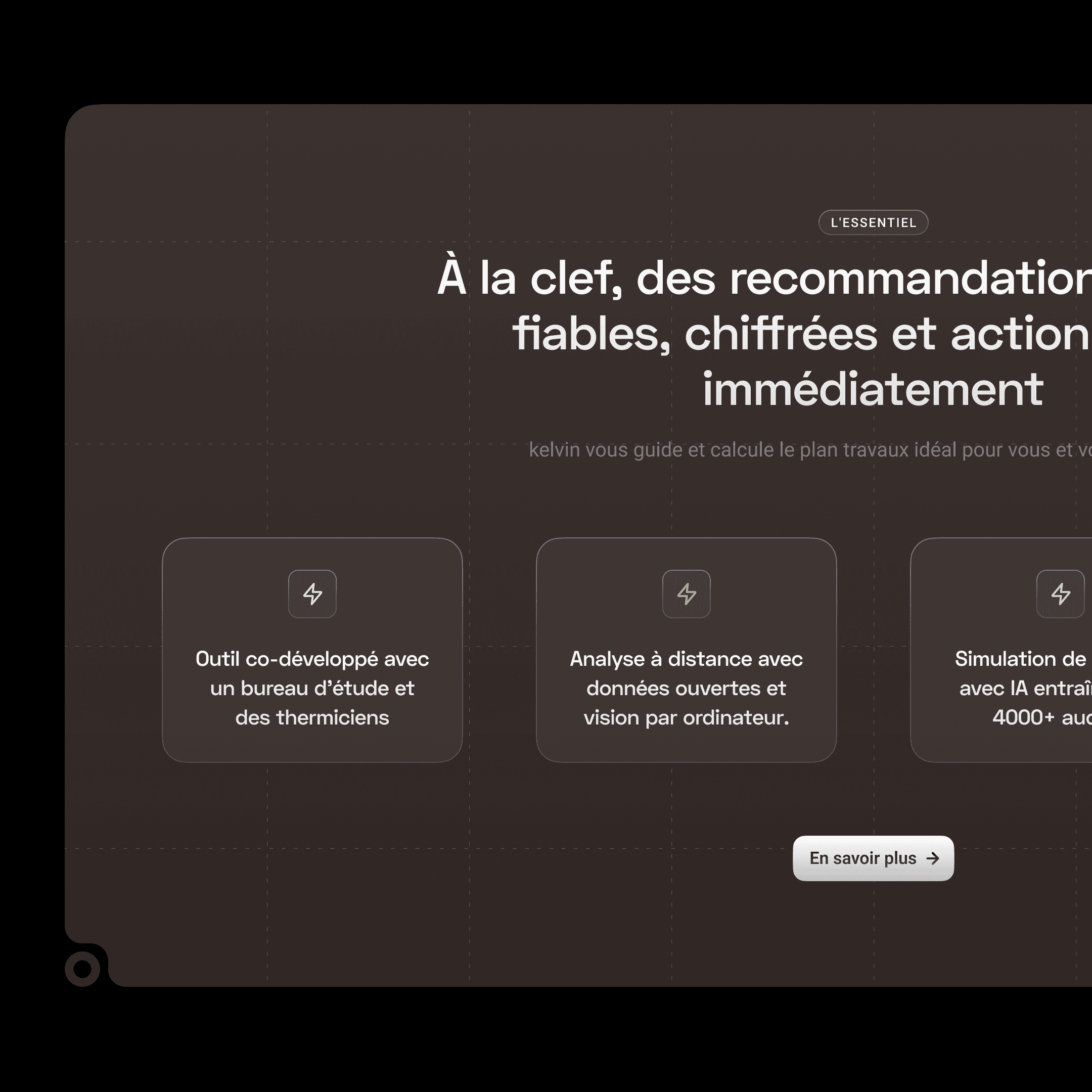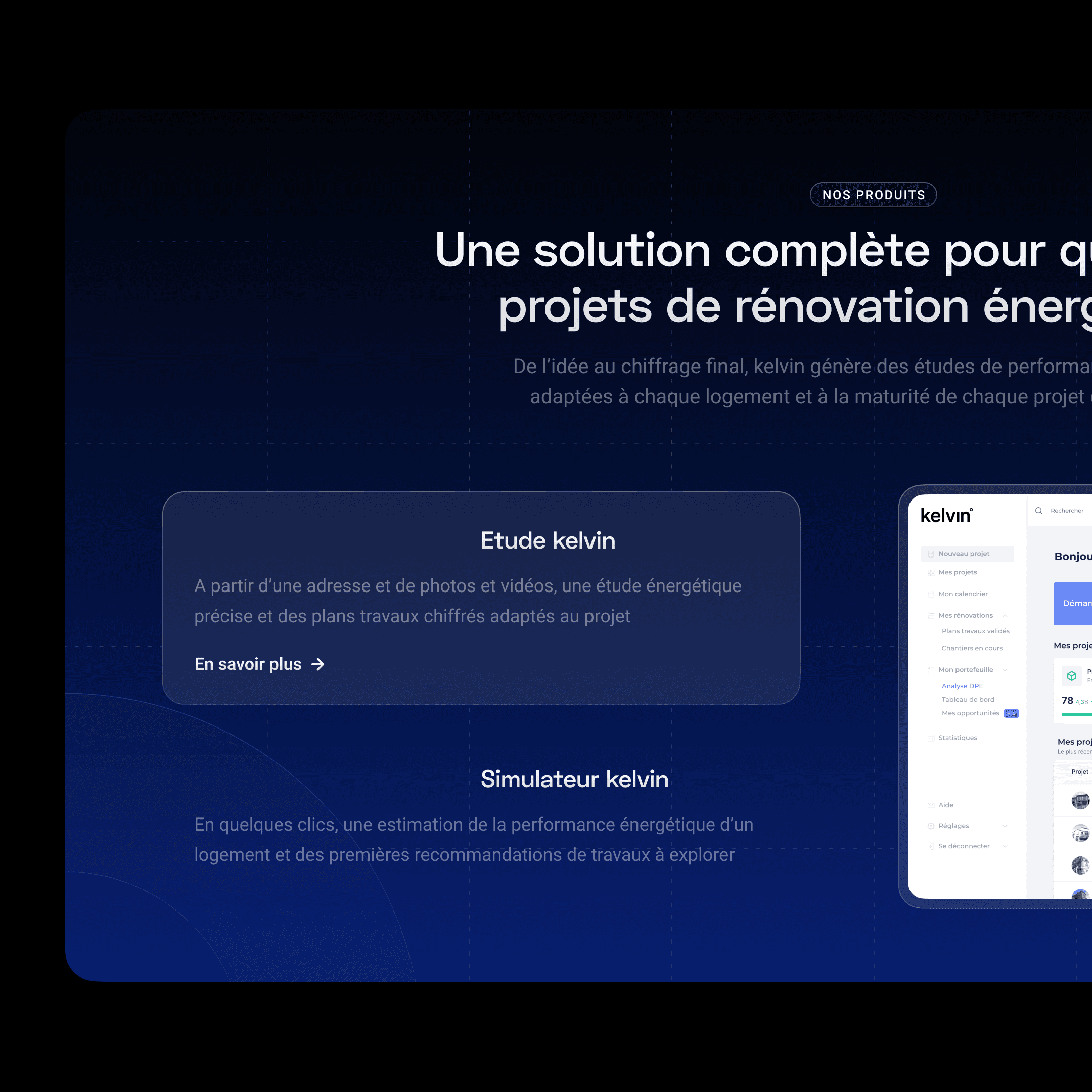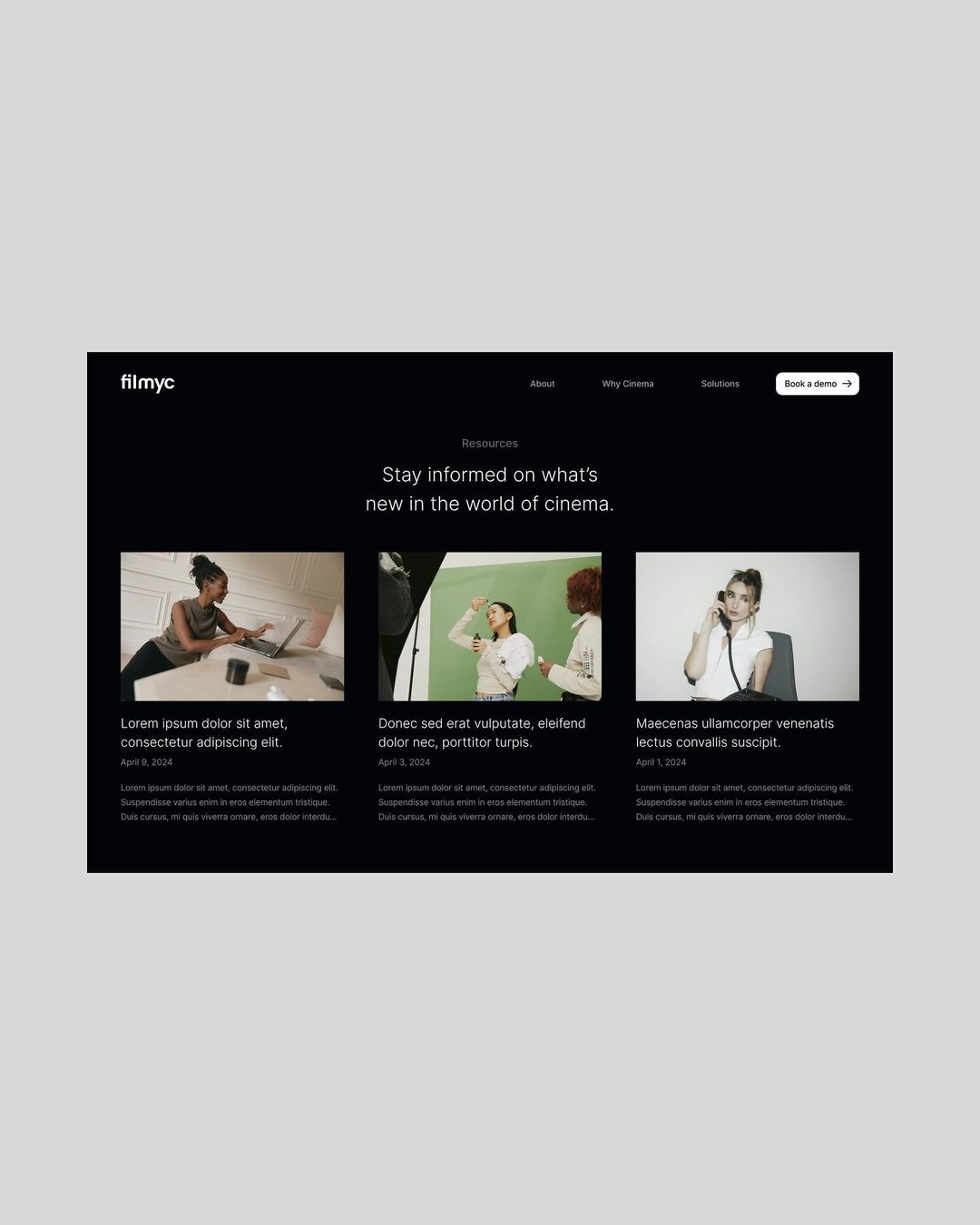How to Build a Brand Identity with Limited Resources
You don’t build a brand by spending money. You build a brand by making a promise, keeping it, and telling a story that resonates. Most entrepreneurs get it backward. They think a brand is a logo, a colour scheme, a nicely designed website. But those are just artifacts—nice to have, but not where the brand actually lives.
Your brand lives in the minds of your customers. It’s what they expect from you, what they say about you when you’re not in the room. It’s the feeling they get when they use your product or service, the story they tell themselves about why they chose you instead of the competition.
So, if you’re starting out with limited resources, here’s the good news: you don’t need a lot of money to build a brand. You just need intention, clarity, and consistency.
---
Step One: Define Your Brand’s Core
Before you touch design, before you think about a logo or a website, you need to answer a few fundamental questions:
1. Who are you for? A brand that tries to be for everyone is a brand for no one. Find your smallest viable audience and obsess over them.
2. What promise are you making? Your brand isn’t about what you sell, but about the change you create in your customer’s life. Are you saving them time? Making them feel special? Giving them control?
3. What makes you different? Not better—different. Better is subjective and hard to prove. Different is a strategic choice. Maybe it’s your approach, your personality, your mission, your customer service. What’s the thing that, if you removed it, would make you just another commodity?
---
Step Two: Develop a Simple Visual Identity (DIY, for Now)
If you have no budget, don’t let that stop you. Great design helps, but at the beginning, what matters more is clarity and consistency. Here’s what you can do without spending much:
- Choose two colours. One primary, one secondary. Keep it simple.
- Pick a font and stick with it. Google Fonts has plenty of free options.
- Use your own name. If you don’t have a great name yet, your personal brand can be a strong starting point.
- Make a simple logo. Use a free tool like Canva or even just your name in a clean typeface.
- Keep visuals consistent. Whatever you create, ensure it looks like it comes from the same place. The goal is not to look perfect but to be recognizable.
Would a professional designer help? Of course. A well-designed identity makes trust and recognition happen faster. But at the beginning, trust is earned through action, not aesthetics. When money is tight, focus on proving your concept before worrying about polish.
---
Step Three: Tell a Compelling Story (Over and Over Again)
People don’t buy what you do; they buy why you do it. And they definitely don’t buy from brands that are inconsistent, confusing, or forgettable.
So, tell your story, and do it repeatedly:
- Your ‘why’ should be obvious. Why did you start? What problem are you solving? What do you believe that others don’t?
- Your tone should be consistent. Whether you’re writing emails, posting on social media, or talking to customers, your voice should feel the same everywhere.
- Your actions should reinforce your message. If you claim to be about community, show up for your customers. If you say you care about quality, don’t cut corners.
In a world full of noise, clarity and consistency win every time.
---
Step Four: Make the Brand Real (Through Experience, Not Just Design)
Great brands aren’t just seen; they’re felt.
If you run a café, it’s not about the logo—it’s about how the coffee tastes and how the staff treats customers. If you’re building an online platform, it’s about how easy it is to use and how it makes people feel when they engage with it.
The best branding strategy in the world won’t fix a bad product or a disconnected experience. Focus on making your brand real in every interaction. Be generous, be thoughtful, and create something worth talking about.
---
Step Five: Decide When to Invest in Professional Design
Once you have traction—once people are buying, referring, and engaging—it may be time to bring in a professional. But by then, you’ll have something most early-stage companies don’t: clarity. You’ll know what your brand stands for, how people perceive it, and what kind of design will amplify—not invent—that perception.
Hiring a designer too early is like buying a wedding dress before you’ve been on a first date. You don’t know enough yet. But if you wait too long, you risk missing opportunities to solidify your positioning.
Here’s a general rule: if your brand is growing but you feel like an amateur, and you’re losing credibility because of your visuals, it’s time to invest. If people already trust you, but you want to level up perception and experience, a designer can help you get there faster.
---
The Takeaway
You don’t need a million-dollar budget to build a great brand. You need a clear audience, a strong promise, a consistent message, and an experience that delivers. Design is important, but it’s the icing, not the cake.
Start with substance. If your brand is built on a solid foundation, great design will eventually find you.




